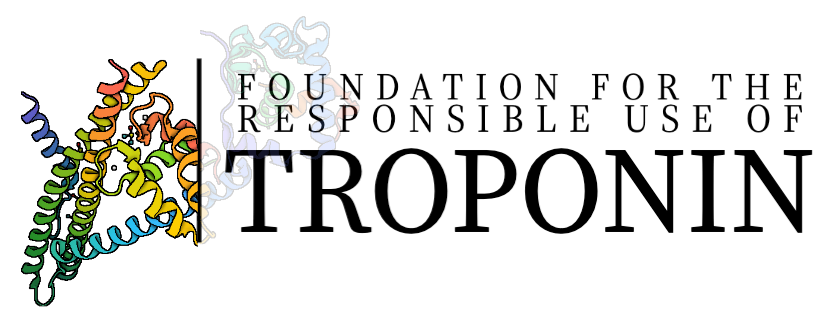Origin of Cardiac Troponin T Elevations in Chronic Kidney Disease
Background: Measurements of cardiac troponin are often persistently elevated in patients with chronic kidney disease (CKD) but the etiology of this elevation is unknown. This equivocal view can delay initiation of treatment when patients with CKD present with chest pain. This study aims to discriminate between increased production vs. reduced renal elimination of troponin in CKD patients.
Methods: The authors used diurnal troponin T rhythm (in which troponin D gradually decreases during the day and rises during the night) to assess the importance of increased production vs. decreased renal clearance. If decreased renal clearance is the key driver, the accumulation of troponin will cause the diurnal rhythm to fade. Hourly blood draws were formed over 24 hours in 44 individuals (20 controls with median eGFR 82.8 mL/min and 24 CKD patients with median eGFR 18.3 mL/min). A validated mathematical framework was used to examine the hypothetical effect of decreased clearance on the diurnal pattern of cardiac troponin T. Diurnal troponin T curves from the study groups were fitted and compared to this hypothetical model.
Results and discussion: All CKD subjects had curves similar to those observed in the reference group, excluding decreased renal elimination as the key driver of persistently elevated troponin in CKD. Factors other than renal elimination, most likely increased release due to myocardial injury, contribute to persistently elevated troponin in CKD. Troponin T levels were not correlated with use of loop diuretics, blood pressure, or cortisol, thyroid-stimulating hormone, or testosterone levels.
Bottom line: Persistently elevated troponin in CKD is not due to decreased renal clearance and could be secondary to myocardial injury, warranting workup in all patients with elevated troponin regardless of eGFR.
